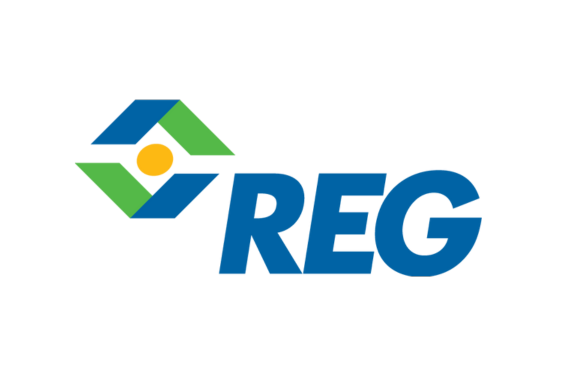Introducing Mirror: Application Simulation Software for Hands-on User Training Learn More →
Digital adoption platforms are not the same. While DAPs share similar features, there are core functionality and differentiators that make Whatfix the most trust digital adoption partner – from its patented technologies, customer-centric approach, and multi-product offering.

| Easy no-code content creation and management Content authors effortlessly create and maintain contextual in-app guidance across any application with a no-code visual editor and powerful element detection capabilities. | |
| Adoption anywhere on desktop, mobile, and web apps Whatfix supports in-app content creation on desktop, mobile, and web applications. iFrames and Citrix-built apps are supported, and our DAP for Mobile is purpose-built for optimal mobile experiences. Whatfix’s end-to-end DAP solution provides bespoke, custom solutions specific to any application. | |
| Your dedicated DAP partner Whatfix provides comprehensive, white-glove customer onboarding and success services for every customer. This includes a dedicated customer success manager, a DAP program manager, content authoring support, Whatfix University, and certification programs. | |
| More than DAP Whatfix is more than a DAP. Product Analytics enables organizations with no-code event tracking and Mirror provides virtual, hands-on user training via replicate sandbox environments. |
| Technical skills required Creating and maintaining in-app content requires knowledge of CSS for content creation and jQuery for element detection, leading to complex learning curves and tedious content maintenance. | |
| Primarily supports mobile or web-based applications only Most DAP competitors only support web or mobile apps – but not both. Few DAP vendors provide desktop app, iFrame, and Citrix support. | |
| Basic analytics on your DAP-built in-app content Most DAPs provide guidance analytics on in-app content usage and lack the ability for custom user event tracking, requiring third-party integrations with an analytics tool like Mixpanel, Amplitude, or Whatfix Product Analytics. | |
| No sandbox environments for hands-on training Whatfix is the only DAP that provides organizations with a no-code tool for quickly create replicate sandbox environments of your enterprise software, allowing you to conduct beta user tests and train users without impacting your operations and application data. |

| WALKME | PENDO | APPCUES | USERPILOT | USERLANE | ||
| In-App Guidance | ||||||
| No-code content editor | ||||||
| In-app resource center & knowledge aggregation | ||||||
| Field validation | ||||||
| Auto translation | ||||||
| Surveys and polls | ||||||
| Usage analytics | ||||||
| Export content to PDFs, video, LMS | ||||||
| Create sandbox environments for user training | ||||||
| Desktop support | ||||||
| Mobile support | ||||||
| Citrix-app support | ||||||
| SCORM compliant | ||||||
| Product Analytics | ||||||
| No-code custom event tracking | ||||||
| Auto capture basic user events | ||||||
| User funnels and journeys | ||||||
| Cohorts | ||||||
| Real-time & retroactive data | ||||||
| AI-powered insights | ||||||
| Customer-Centric Approach | ||||||
| Dedicated CSM for all customers | ||||||
| Content author training | ||||||
| DAP program manager | ||||||
| 24/5 support | ||||||